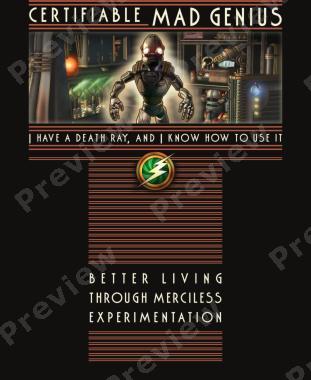First – an amazingly astute observation that I’m ashamed to have not previously noticed myself (click image to go to it’s original site and see it full-size…):

I’m proud to say that I think testing Mad Hypotheses is great, and will continue to try to be a Mad Scientist. And a “Dirty Old Man” someday, but that’s a whole separate issue.
Second – I am really loving the perks of my new job – namely access to the college library system. I had previously mentioned (see last couple of paragraphs) a certain article that I wanted to get my hands on:
Greenberg LA:”The Definition of an Intoxicating Beverage”;Q J Stud Alcohol. 1955 Jun;16(2):316-25
Not only does the medical library have copies of a Czechoslovakian microbiology journal, the main library had a set of this old journal, too. I have my bedtime reading for tonight…
Thirdly – Another Giant’s Shoulders carnival has come and gone. I now believe that Eduard Buchner had hit upon not only a useful truth of living systems, but also a nifty alternative “mad scientist” hairstyle. Now I need to come up with one for next month. It’s been getting me thinking, though. That blog carnival is intended for “Classic” papers. Implied is that the papers are somehow important to the development of some scientific field or other. I’d like to see a variation on the “old papers” theme focussing on random old papers (where “old” might mean a few years or decades, depending on the subject) that people have found useful or interesting. Stuff that isn’t necessarily ground-breaking and has perhaps been forgotten or lost to obscurity but still has useful things to teach us. Naturally, I’m thinking especially Microbiology (and especially Microbiology other than Medicine) and Food Science. The Carnival could be called something like “Second Chance Science” or something of the sort. Just a thought.
Fourth – speaking of “Microbiology Other Than Medicine” and Food Science, apparently The National Academies of Science want to know what scientific topics people most want to read about. As usual, “microbiology” appears to have been relegated in their breakdown to merely a subset of either medicine/diseases, “biology”, and perhaps a small subset of “energy” and “Feeding the World” (no, seriously). The survey includes space to tell them what they’re missing – I heartily encourage anyone who cares to make sure you take the survey, and mention industrial and environmental microbiology and food science as subjects they shouldn’t continue to neglect.
And, finally – next week I need to make a very-long-overdue run back up to Idaho to grab some things from the old house and make sure it’s still standing, the water’s really turned off, nothing unnecessary is running, etc. 1600 miles of driving each way. Ugh. Anybody got any good recommendations for things to listen to on the trip? Other than having a chance to finally grab some things that I am missing, maybe I’ll at least have a chance to visit New Belgium Brewing Company again, since my route goes right past it. So long as I’m not driving by on Christmas day (when I assume they’ll be closed) I may have a chance.


